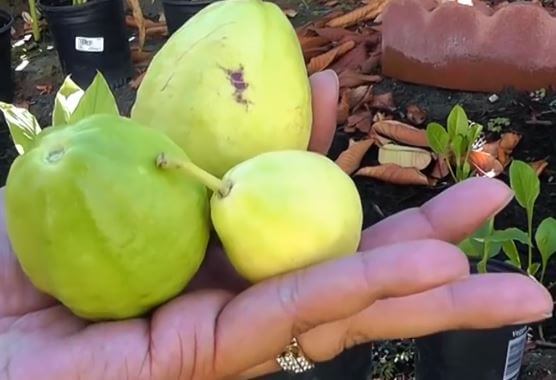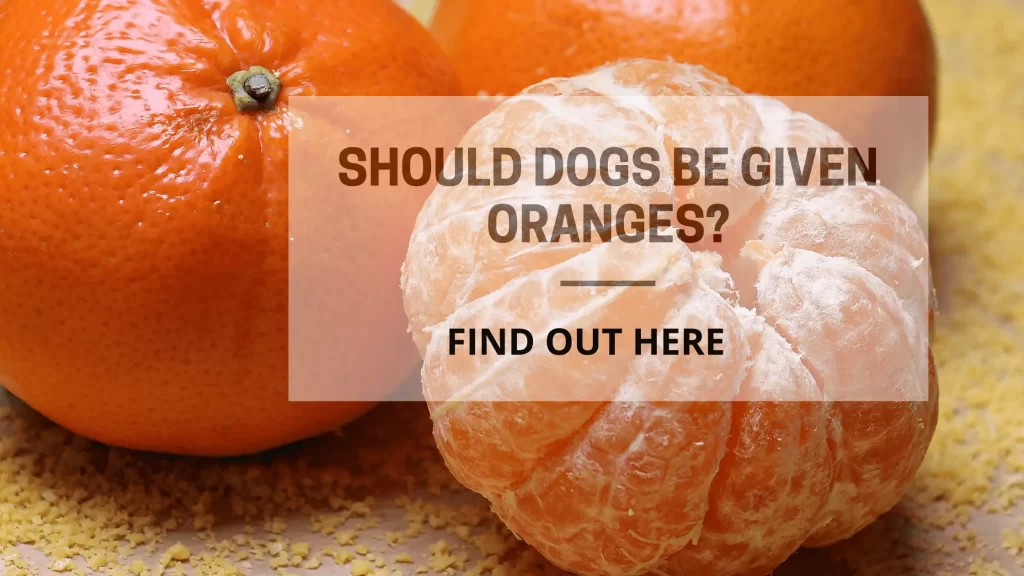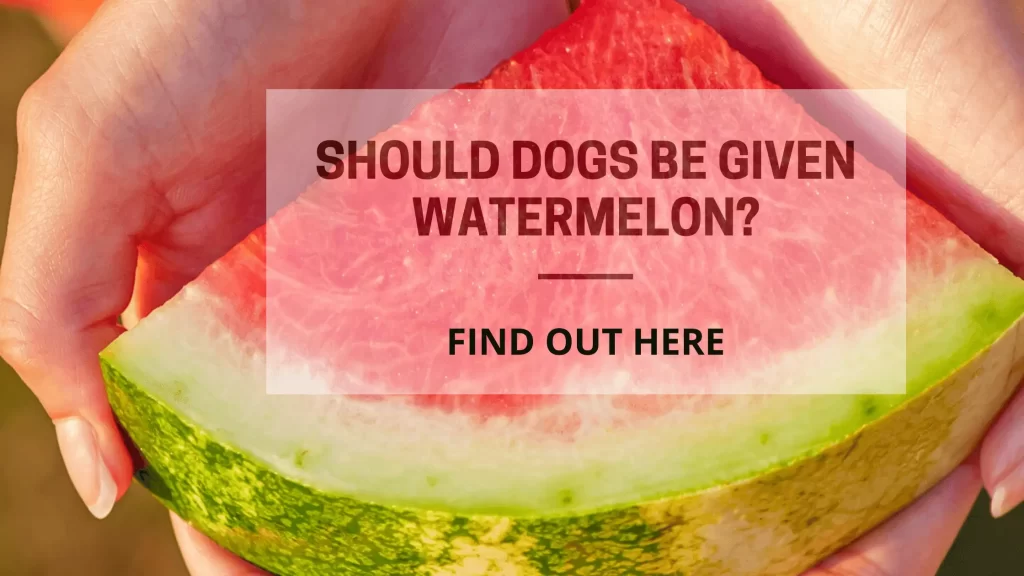In this article, we are going to discuss the causal organism, symptoms, management, and preventions of the algal leaf spot of guava.
But, before we dive in, here is brief guide about this disease of guava:
Algal leaf spot as the name implies is a disease that affects the growth of guava by reducing the photosynthetic guava leaf area. And so this reduction of photosynthesis activities causes stunted guava growth and loss in fruit yield.
Overview
This is one of the common diseases caused by algae. It affects most tropical fruit plants. The algal pathogens live on the leaves surfaces of guava trees and cover the photosynthetic area of the leaves.
This prevents sunlight from reaching the leaf surface, which later affects the photosynthesis in the guava plant.
Guava plant affected by algal leaf spot shows poor leaves development, stunted growth, and low-quality fruits.
Guava plants planted in poor soil, closely parked together, and in presence, the weed pressure is also more susceptible.
Other conditions that can increase the severity of the disease are the presence of mites, insects, and other foliar diseases.
Learn more about the common diseases of guava
The Causal Organism of Algal Leaf Spot
Algal leaf spot is caused by green algae called Cephaleurus viresceus Kunze.
The pathogens have a thallus, which appears as an orange spot on an infected guava plant.
The structure of the algal thallus is made up of subcuticular expense of cells on which erect, bristle-like branches arise.
The top parts of some cells enlarge to form prominent supporting cells, which can produce several stalked, terminal, or ovoid sporangia that are 30 × 24 Micrometer.
The produced stalked cells are sometimes bent. While the sporangia of the algal reproduce biflagellate zoospores.
The method of reproduction of this alga is through sexual reproduction. It reproduces sexually by means of flask-shaped gametangia in the thallus disk.
The biflagellate gametes fuse into pairs when they come out and form a dwarf-like saprophyte, which later produces microsporangia. The microsporangia bear quadric label late zoospores.
Mode of Infection and Proliferation
Algal leaf spot of guava pathogens produces and spread rapidly under wet and warm environmental conditions within overcrowded guava trees.
Pathogenic sporangia biflagellate zoospores are spread by rain splash and wind. The biflagellate zoospores are the primary infection stage of the guava algal leaf spot disease.
Symptoms of Algal Leaf Spot of Guava

- The appearance of noticeable 5-8mm orange, rust-colored, dense silky tufts on upper and lower surfaces of guava leaf
- When the spots are removed, a noticeable thin, grayish-white to dark-colored, necrotic crust is seen
- The spots can coalesce to form enlarged irregular patches on the leaf
- The spots become dull and grayish-green in color when matured
- The pathogens can spread to the twigs and branches and cause the bark to crack due to the expansion and growth of the algal pathogens filaments in the cortical tissues of the infected guava plant
Algal Leaf Spot of Guava Treatment
- Algal Leaf Spot of Guava Algal leaf spot of guava can be managed by timely fertilization and irrigation of guava tree
- Timely pruning is also recommended to allow proper passage of air in and out of the guava plantation
- Weeds should be cut and wider tree spacing should be employed when planting guava trees
- Timely spraying of copper-based fungicides should be done in order to treat the disease
- Timely spraying of insecticides should be done to deter or destroy the insects and mites community in the guava plantation. This can help prevent secondary infection
Related: Anthracnose Disease Of Guava: Symptoms And Management



